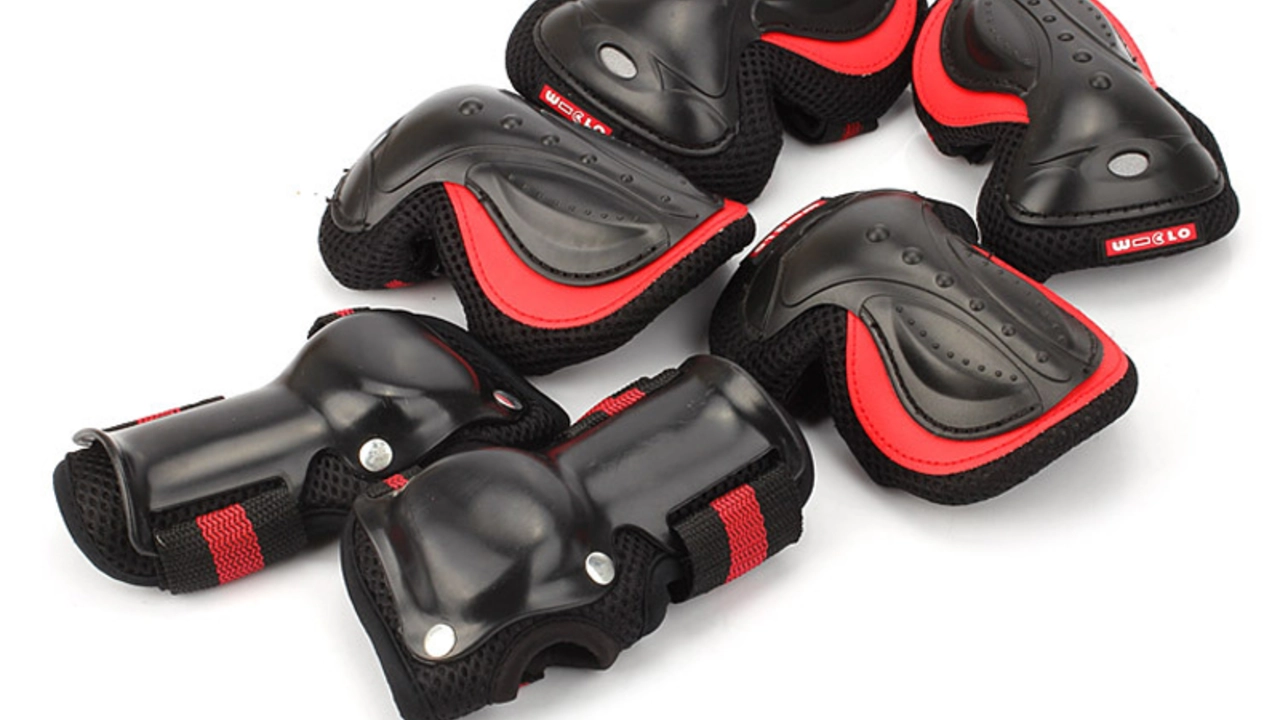The Intricate World of Soccer Gear
As a soccer enthusiast, you must have observed the level of agility and flexibility that the sport demands. It's a game that involves a lot of body contact, potential collisions, and the risk of injury. You might wonder if soccer players, like athletes in other contact sports, wear protective gear like cups. In this section, we will delve into the world of soccer gear and its importance.
What is a Cup in Sports?
A cup in sports is a protective piece of equipment designed to protect the groin area from potential harm during physical contact sports. It's generally made from hard plastic or metal and fits into a jockstrap or compression shorts. Cups are commonly used in sports such as baseball, hockey, and martial arts where the risk of a direct blow to the groin is significant.
The Importance of Protective Gear in Sports
Protective gear plays a crucial role in ensuring the safety of athletes. It minimizes the risk of serious injuries and allows players to focus more on the game rather than worry about potential harm. Protective cups, in particular, safeguard the sensitive groin area from severe damage that could lead to long-term complications.
Soccer and Protective Gear
Soccer is a sport that involves a lot of running, dribbling, kicking, and tackling. While the risk of a direct blow to the groin may not be as high as in other sports, there still exists a potential danger. It raises the question - do soccer players wear protective cups?
Surveying Professional Soccer Players
From a survey conducted amongst professional soccer players, the majority confirmed that they do not wear protective cups. The reasons behind this range from discomfort and restriction of movement to the relatively low risk of a direct hit to the groin area in soccer compared to other contact sports.
The Debate: To Wear or Not to Wear a Cup
There's an ongoing debate about whether soccer players should wear cups. Some argue for it, citing instances of painful injuries that could have been prevented with a protective cup. Others argue against it, saying that the discomfort and potential restriction of movement outweigh the benefits.
Age Factor in Wearing Soccer Cups
Another interesting factor that comes into play is age. Younger players, especially those in youth leagues, are often required to wear protective cups. This is due to the unpredictable nature of the game at this level and the need to safeguard against any potential injury.
Choosing a Comfortable Cup for Soccer
If a player chooses to wear a cup, comfort is a crucial factor. A well-fitting cup that does not restrict movement can enhance a player's performance while providing the necessary protection. We provide tips on how to choose a comfortable cup for soccer.
The Evolution of Protective Gear in Soccer
The world of soccer has seen considerable advancements in the design and construction of protective gear. This includes shin guards, mouth guards, and even protective cups. Modern designs focus on providing maximum protection without compromising on comfort and freedom of movement.
Conclusion: Individual Preference and Safety First
The question of whether soccer players should wear cups boils down to an individual's preference and their perception of safety. While professional players may not wear them, younger players and those at the amateur level might find them beneficial. Safety should always be a player's top priority, and if a cup provides an extra sense of security, then it's definitely worth considering.
